Highlight of the Survey:
• Insect survey were employed at FOUR community forests (CFs) and ONE permanent forest reserve (PFR) from Tumring REDD+ project area: Ou Das Sko (A1-DS), Lbos Sral (A1-LS), Ou Bos Leav (A2) and Prey Kbal Ou Kror Nhak (A4) community forest and Prey Ang Ten (A3).• A total of 1582 insect specimens were identified belonging to 283 morphs/species under 88 families and 11 orders (Blattodea, Coleoptera, Diptera, Hemiptera, Hymenoptera, Lepidoptera, Mantodea, Neuroptera, Odonata, Orthoptera and Phasmatodea) from Tumring REDD+ project area.
• The high biodiversity conservation zone at Ou Das Sko (A1-DS) and Lbos Sral (A1-LS) community forests are represented a high diversity of insect in Tumring REDD+ project. 124 and 119 morphospecies are respectively recorded and high value of Shannon diversity index (H) in both sampling sites.
• 89 morphospecies of Coleoptera (Beetles) were represented diverse species recorded in Tumring REDD+ project area due to their tough exoskeleton and adaptive to any environmental condition.
• Prey Kbal Ou Kror Nhak community forest was dominant of insect taxa from Hemipterans and Orthopterans of we compared other CFs and permanent forest preserve area.
• Indicators and rare insect species of dung beetles Copris sp., group of pollinators (Apis millifera and related species), lantern bug Zanna sp., giant stick insect (Phobaeticus sp.), were recorded in Tumring REDD+ project area.
• Entomological research at Tumring REDD+ project area should be further extended sampling to explore insect distributions, in addition of seasonal study between the wet and dry monsoon.
• Biodiversity conservation (including insect conservation) is very important to the Tumring REDD+ project area Prey Lang Wildlife Sanctuary.
• Encouragement of getting involve in support and awareness for biodiversity conservation from government sectors, NGOs, local communities and relevant sectors in TRP and PLWS.
More information:
http://tumringredd.org/wp-content/uploads/2022/03/Insect-Baseline-Survey_Tumring-REDD-2022.pdf


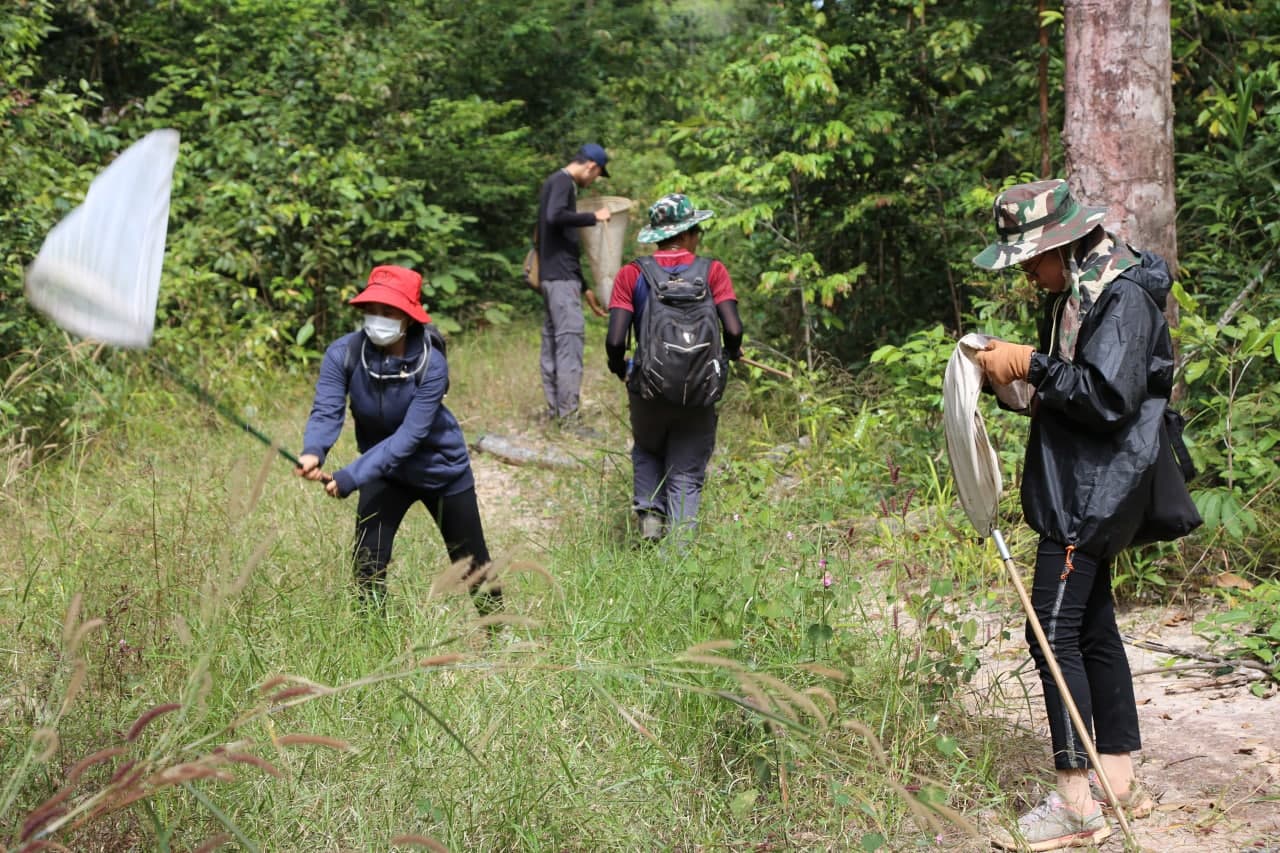

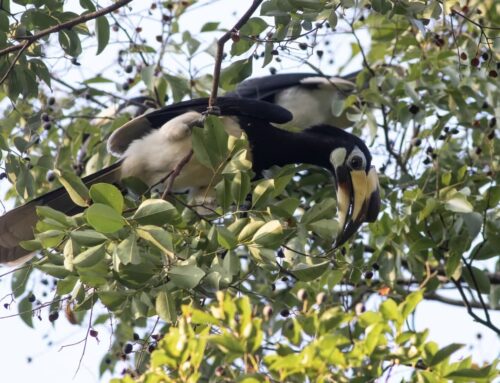
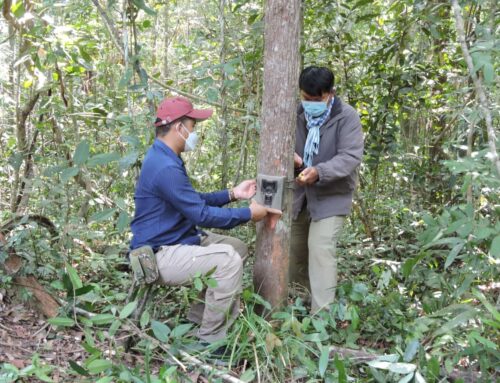
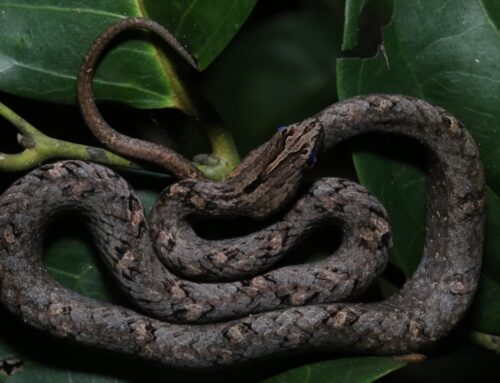
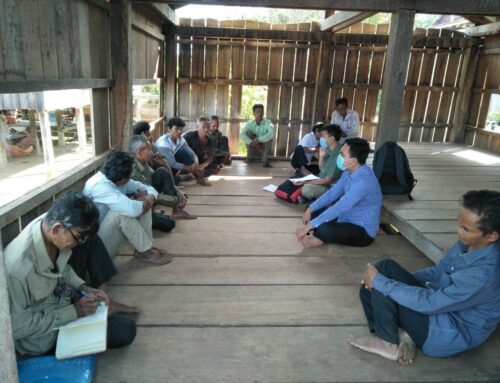

Leave A Comment